Sustainable Egyptian desert campus offers model for green building
Architect Sarah El Battouty of ECOnsult leads the sustainable design of Bahareya Village, an eco-friendly compound for farm workers in the Western Desert of Egypt
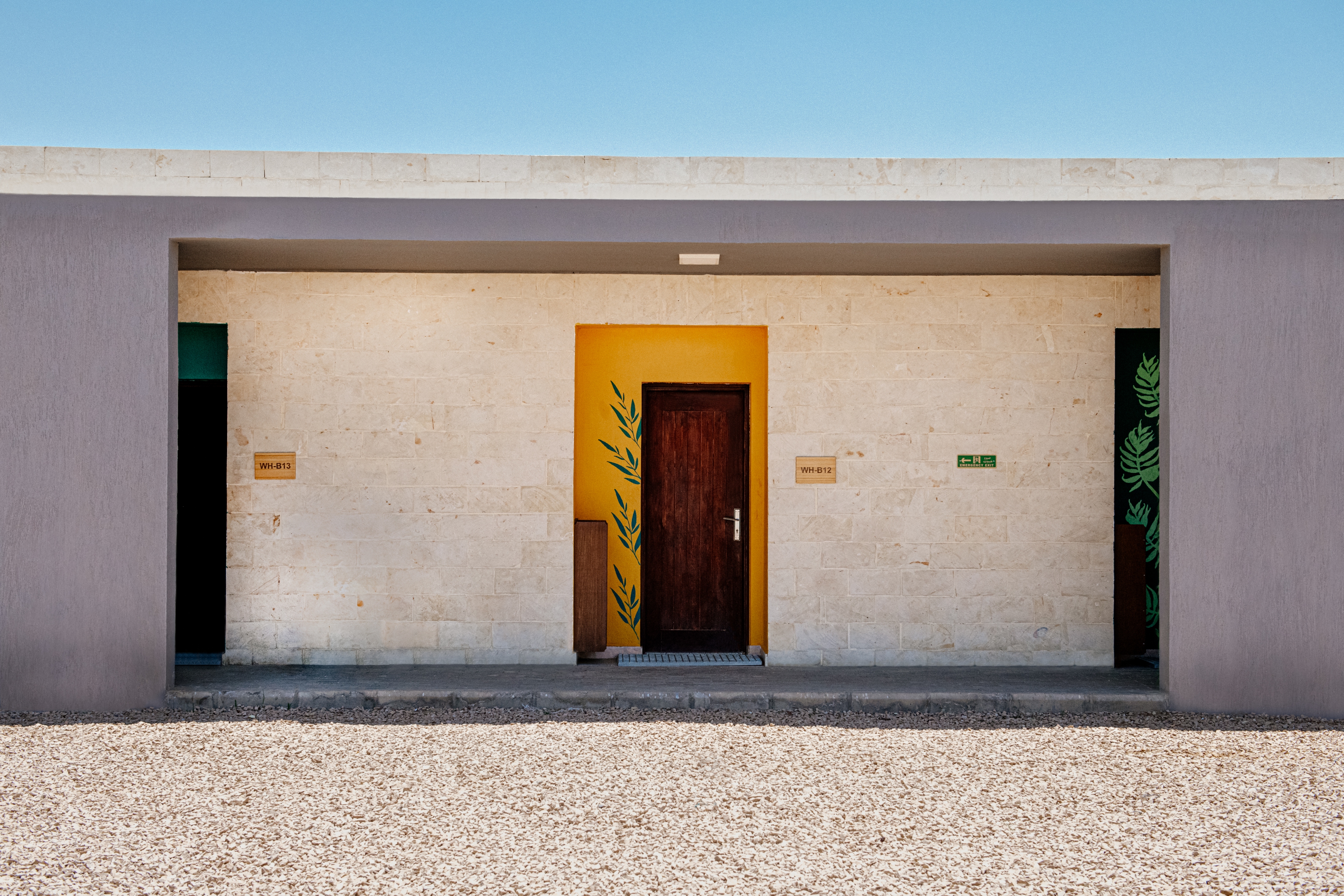
A collection of sandy blocks are set on a rugged desert landscape some 450 kilometres outside Cairo. The Bahareya Village is home to the farming community engaged by organic tea producer, Royal Herbs. Its solar powered sustainable campus is nestled beneath a mountain range in Egypt’s western desert – and it’s the very essence of green living for agricultural workers.
Gravel manufactured from recycled construction waste provides the base for the minimalist concrete structures. These buildings, housing up to 150 people, contain a cafeteria, medical facilities, mosque and communal spaces. Cacti scattered throughout the campus offer splashes of greenery without compromising on a commitment to water efficiency.
The design was led by Sarah El Battouty, the founder of Egyptian-based sustainability-led architectural firm ECOnsult, who was tasked with creating natural cooling through thoughtful design.
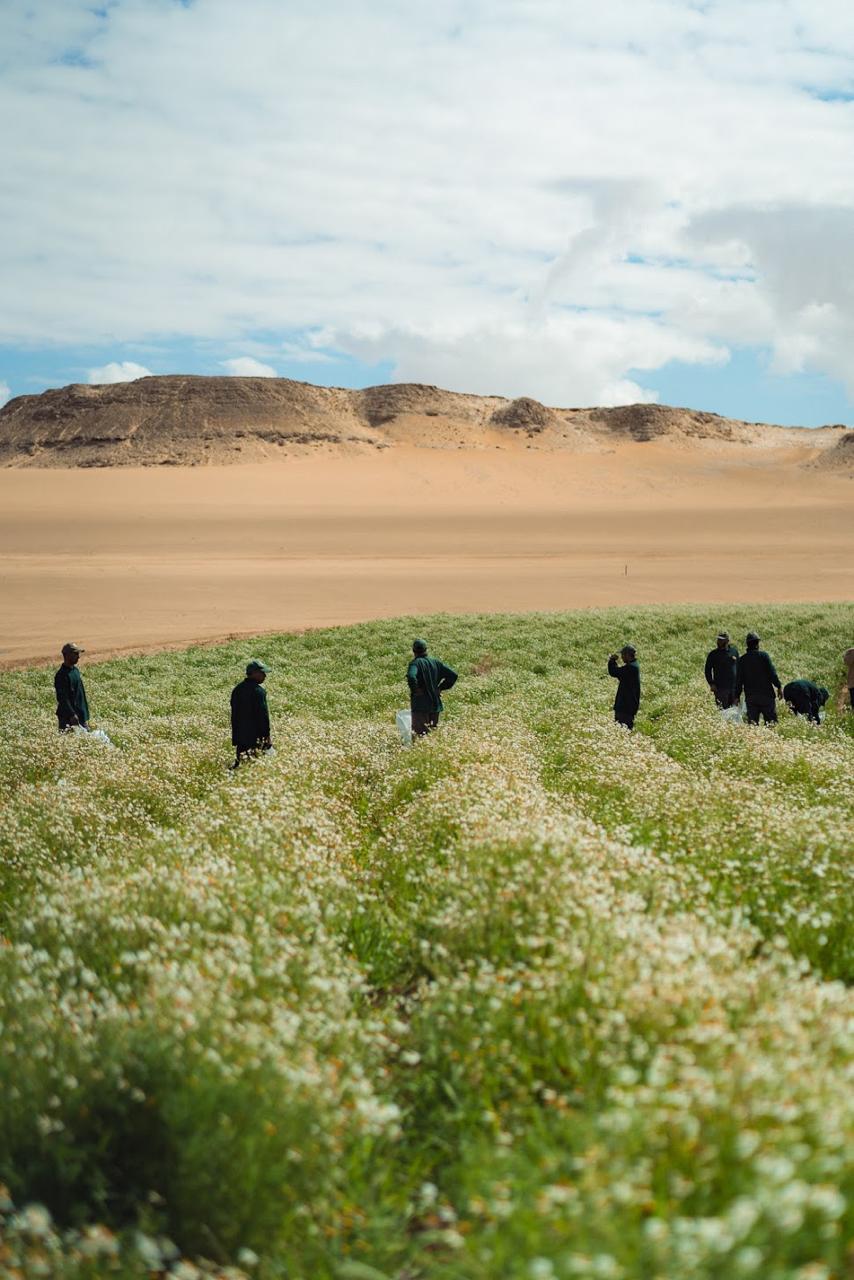
El Battouty studied the natural airflow and sunlight on location over time, discovering ways to manipulate the breeze and enhance shade. Cantilevered shelter is adopted for walkways leading to entrances; deep shaded areas in dark colours help to reduce temperatures by controlling the amount of air exposed to light.
The discovery of a nearby limestone quarry was a triumph for the architect. Due to the thermal quality of the stone, it remains cool even at the height of the afternoon sun, rendering the material ideal for cladding. Rooftops were built with light reflective elements and recycled concrete tiles were laid within rooms due to its ability to resist heat.
A technique El Battouty borrowed from desert communities – raising the foundations of the buildings to create distance between the floor and therefore the rising heat from the land – reduced indoor temperatures by eight to 10 degrees. ‘Sustainable housing has existed in indigenous communities for millennia,' El Battouty says. ‘They include the elements in everything that they do.'
The design was recently shortlisted by Ashden, an organization that runs an award scheme for innovative solutions to tackle climate change. The judges were impressed by the smart approach to building in hot climates, eliminating the need for carbon generating air conditioning systems. The considered design showcases the potential of low technology, sustainable solutions and could potentially become a prototype for creating natural cooling around the world.
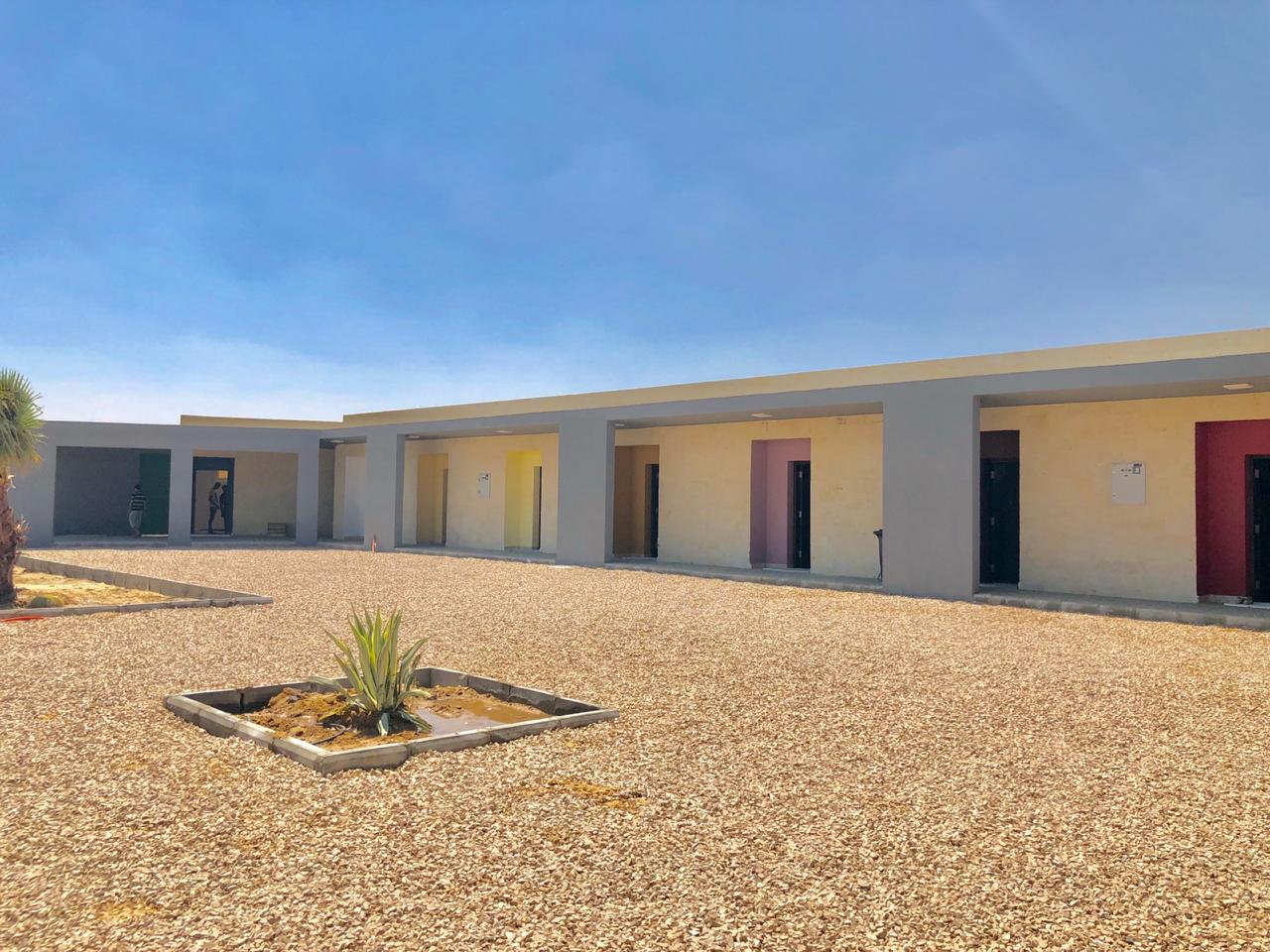
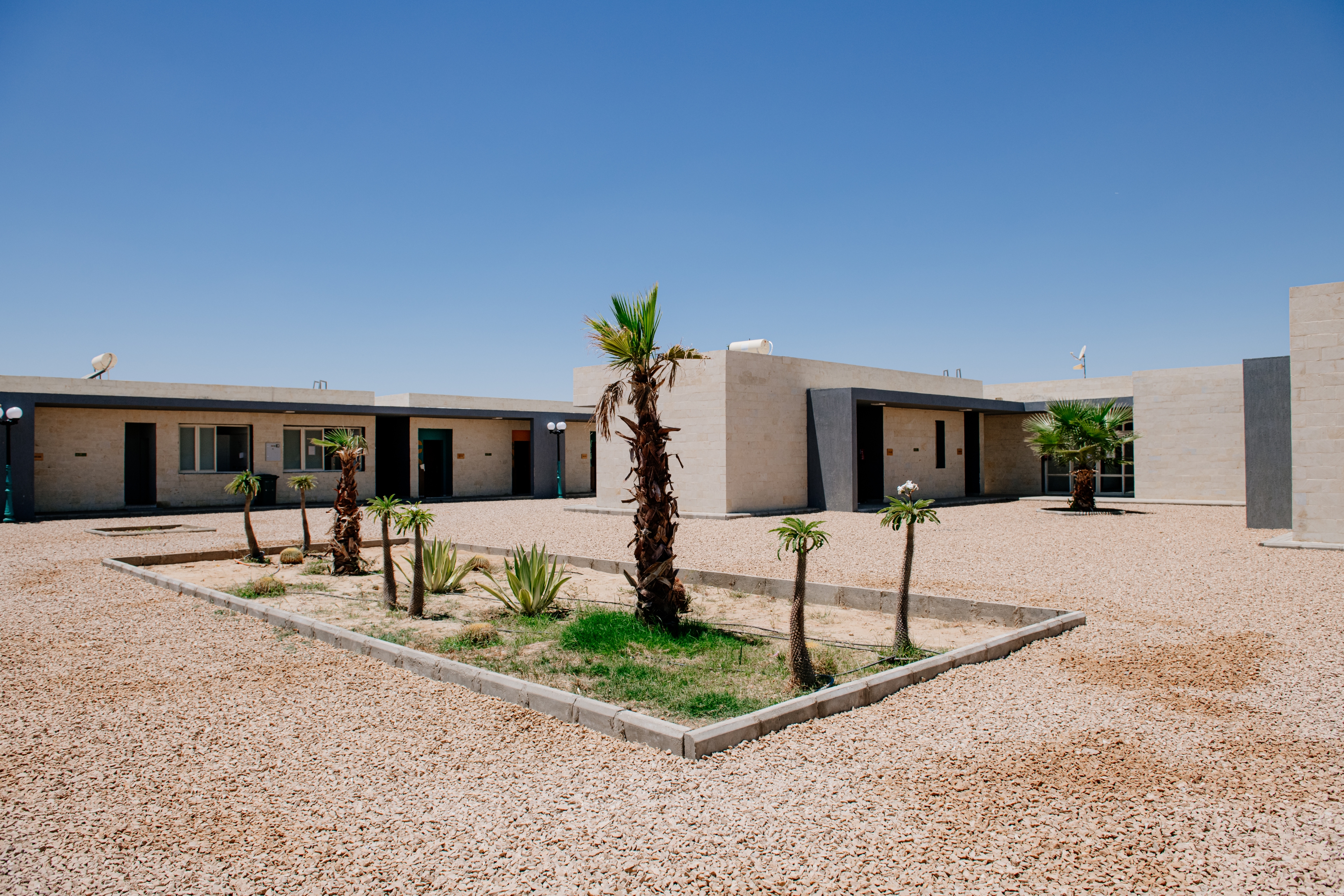
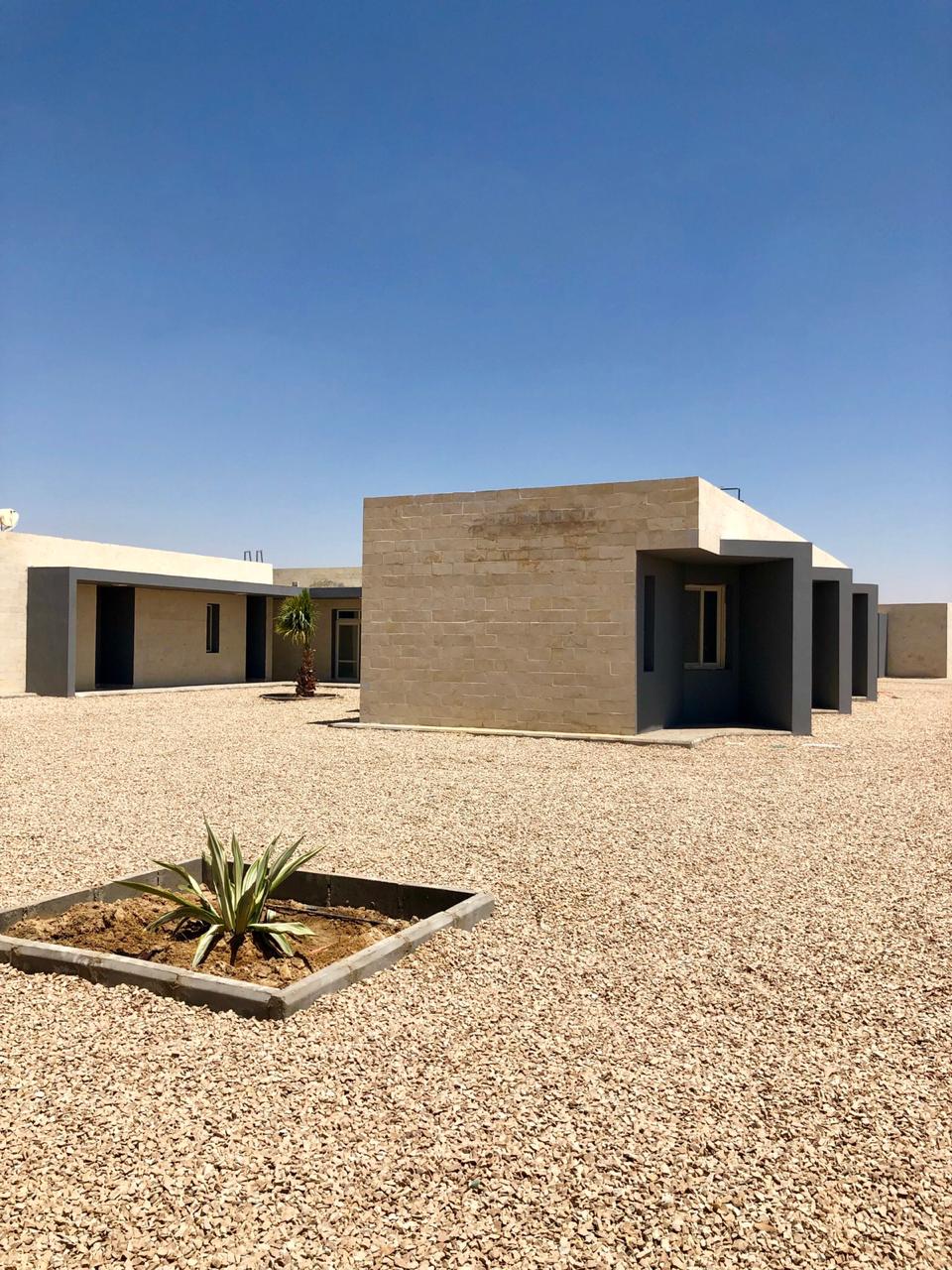
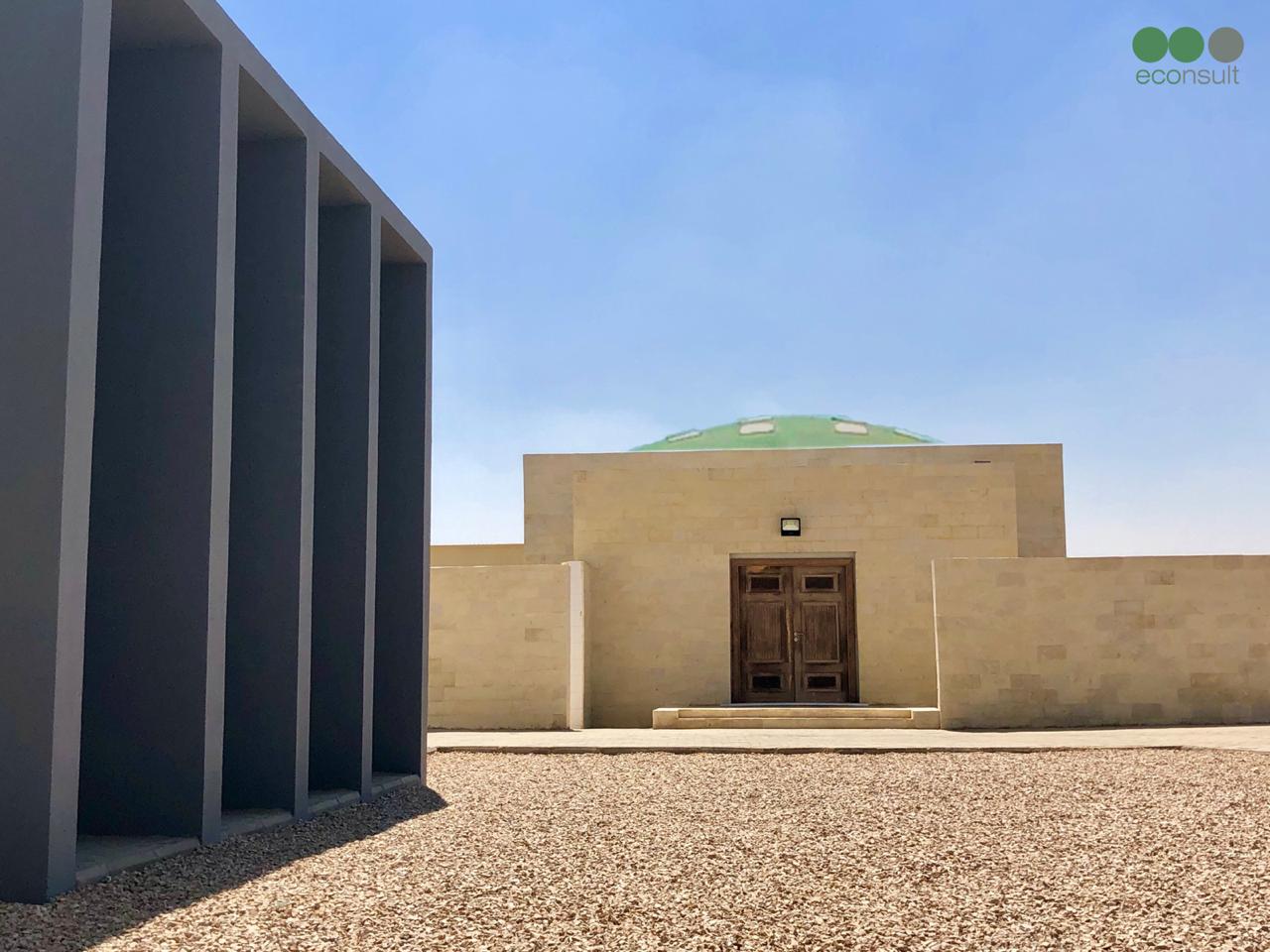
INFORMATION
Wallpaper* Newsletter
Receive our daily digest of inspiration, escapism and design stories from around the world direct to your inbox.
Ijeoma Ndukwe is an award-winning writer and journalist based in London. Her work has been published and broadcast on international platforms including the BBC, Al Jazeera and The New York Times.
-
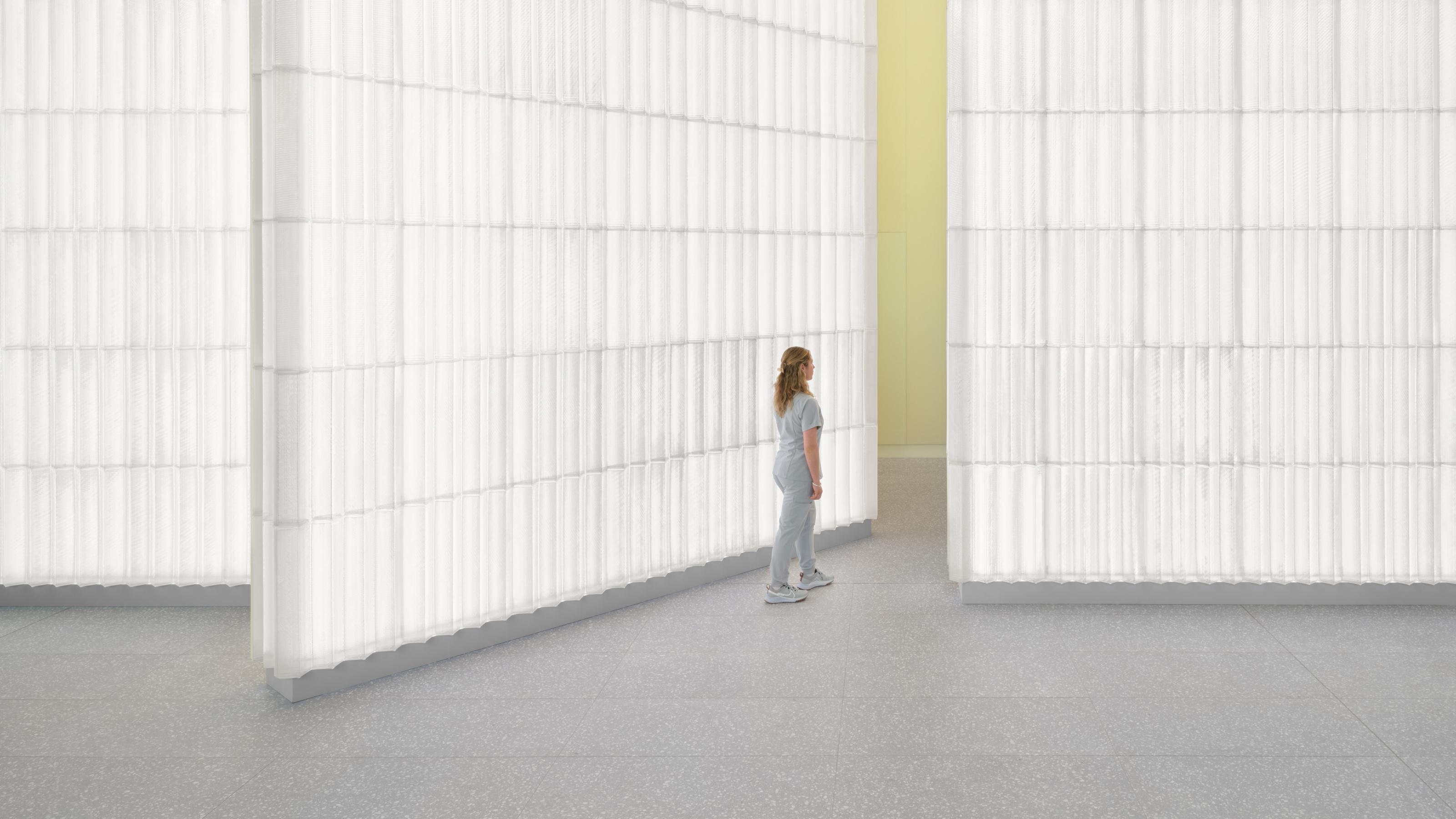 Neko Health expands in London with a new Spitalfields site. We take a scan
Neko Health expands in London with a new Spitalfields site. We take a scanWhat’s it like to experience Neko Health’s ultra-high-tech health scanning system? Wallpaper* went under the laser lights to find out
By Jonathan Bell Published
-
 Everything you need to know about Italy's Lake Maggiore, according to Formafantasma
Everything you need to know about Italy's Lake Maggiore, according to FormafantasmaFrom baroque gardens to panoramic views, Andrea Trimarchi and Simone Farresin show us around this Italian escape
By Sofia de la Cruz Published
-
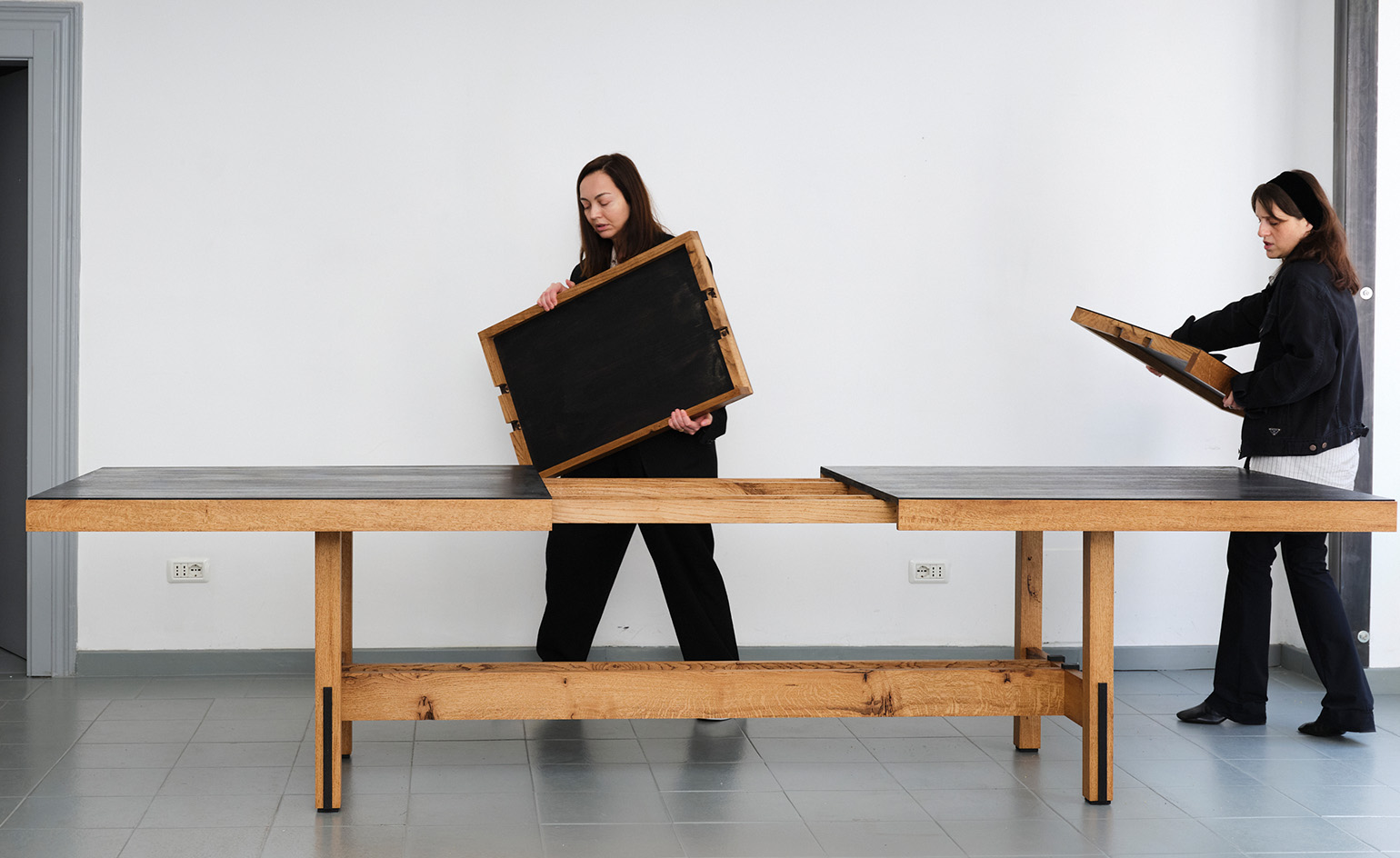 In Milan, Rooms Studio examines Georgia’s shifting social landscape
In Milan, Rooms Studio examines Georgia’s shifting social landscapeExpandable tables that reference recent government protests and lamps held together with ‘chewing gum’ feature in the Tbilisi-based studio’s Milan Design Week 2025 installation
By Dan Howarth Published
-
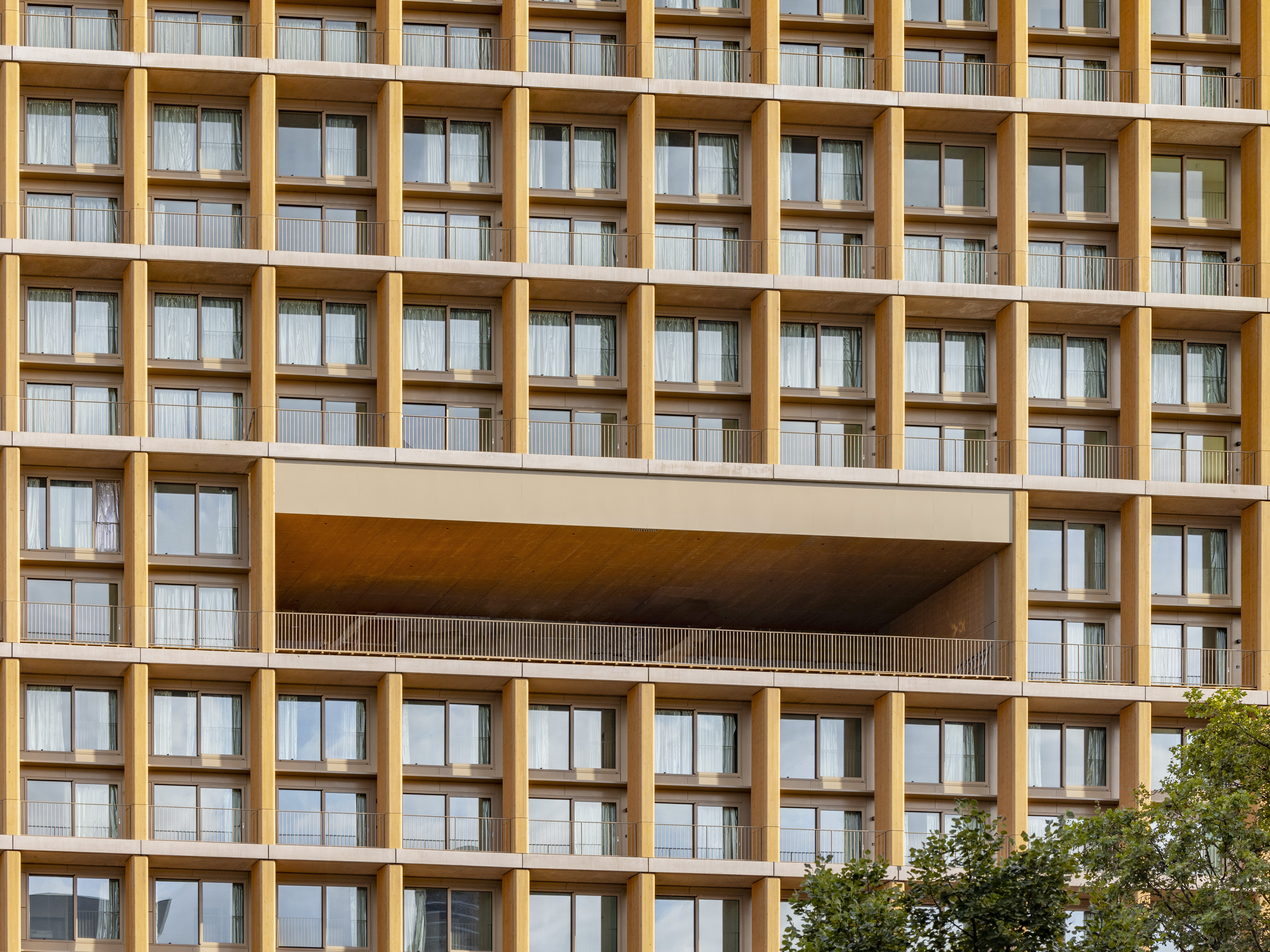 Explore wood architecture, Paris' new timber tower and how to make sustainable construction look ‘iconic’
Explore wood architecture, Paris' new timber tower and how to make sustainable construction look ‘iconic’A new timber tower brings wood architecture into sharp focus in Paris and highlights ways to craft buildings that are both sustainable and look great: we spoke to project architects LAN, and explore the genre through further examples
By Amy Serafin Published
-
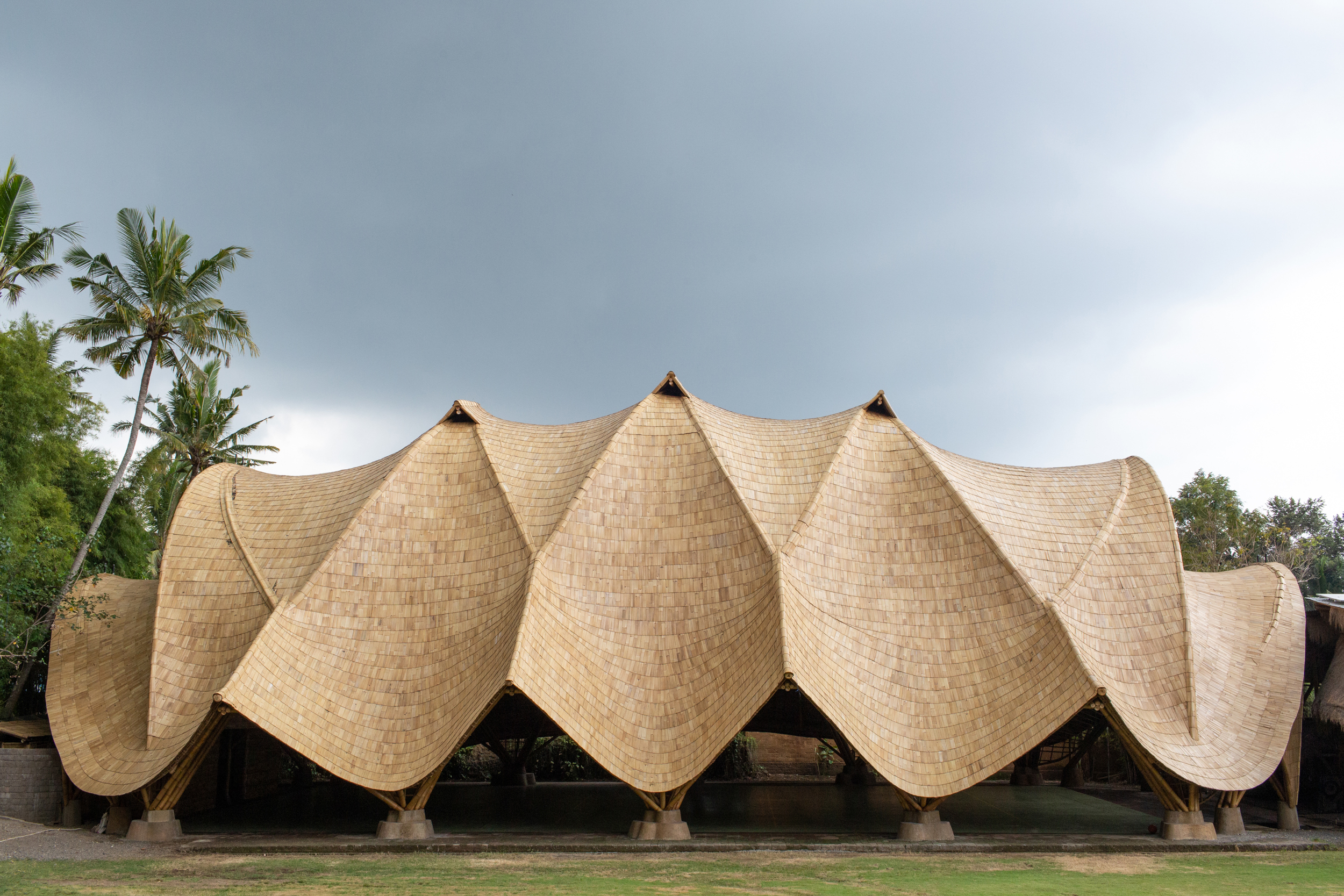 Building with bamboo: In Bali, designer, Elora Hardy, shares her tips and experience
Building with bamboo: In Bali, designer, Elora Hardy, shares her tips and experienceBamboo architecture can be powerful and sustainable; here, we talk to Ibuku's Elora Hardy, who shares her tips, thoughts and experience in working with the material in Bali
By Ellie Stathaki Published
-
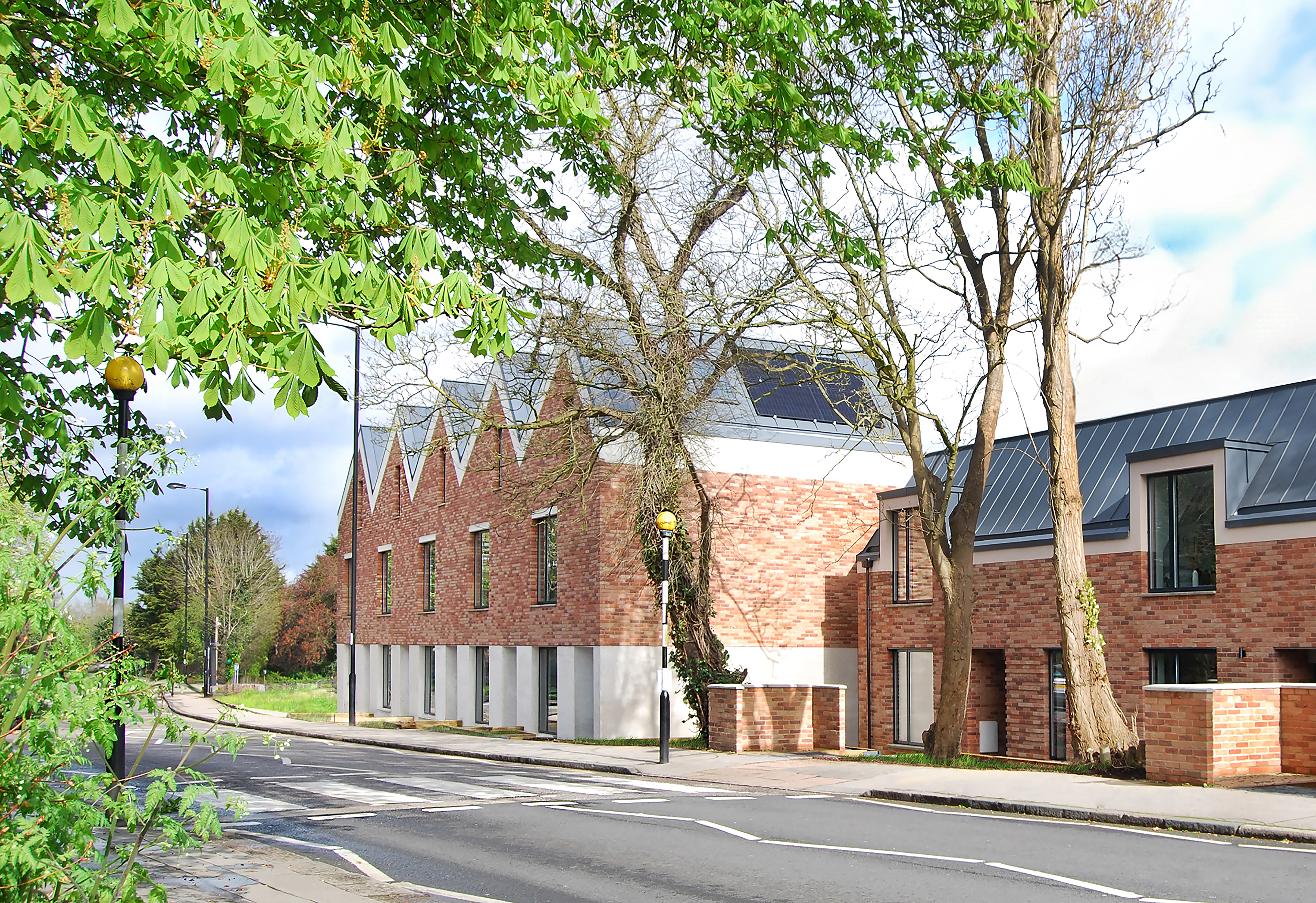 Hermitage Mews is a net-zero family of homes in London’s Crystal Palace
Hermitage Mews is a net-zero family of homes in London’s Crystal PalaceHermitage Mews by Gbolade Design Studio is a sustainable residential complex in south London's Crystal Palace, conceived to be green and contextual
By Ellie Stathaki Published
-
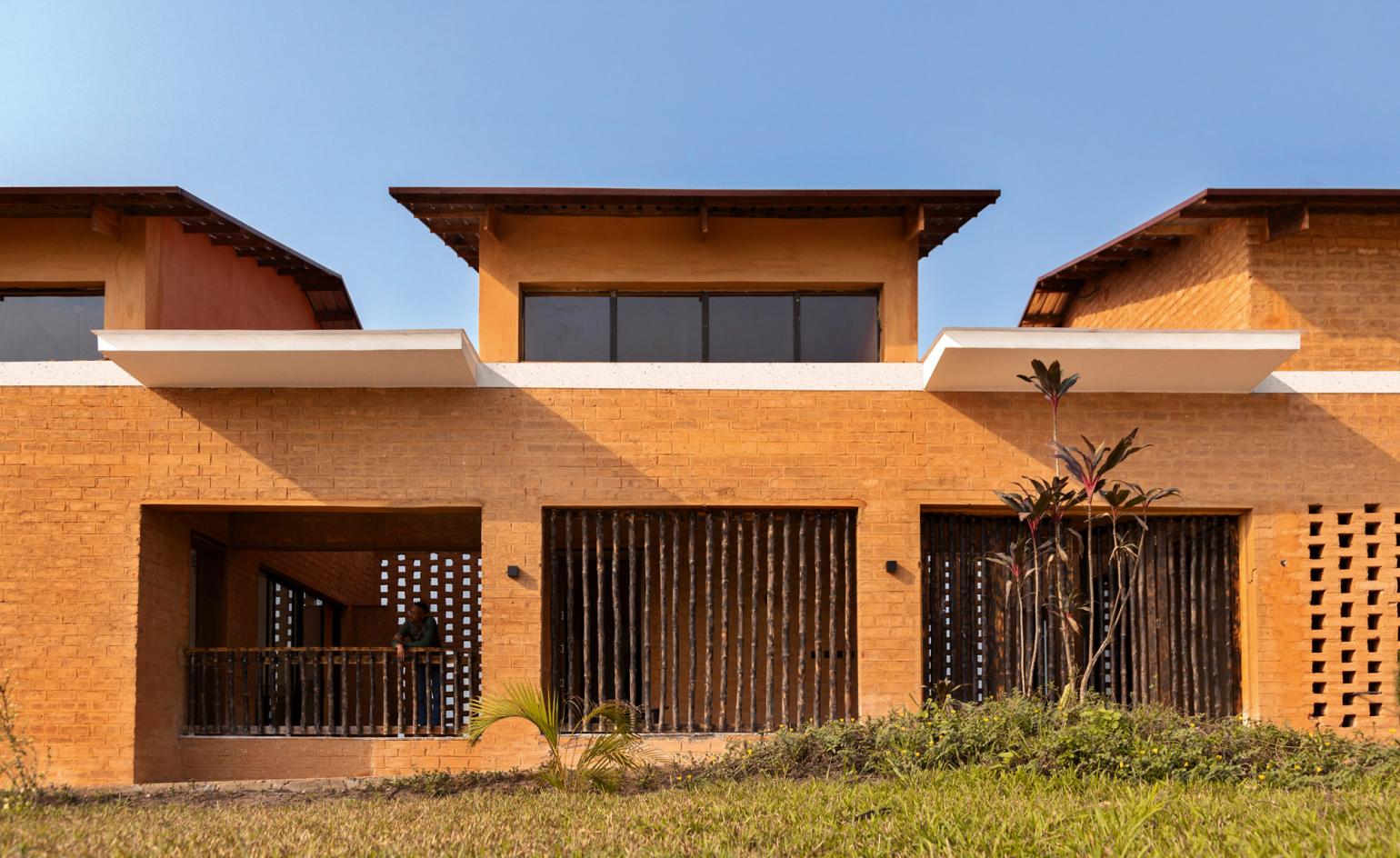 Sustainable architecture: 46 innovative and inspiring building designs
Sustainable architecture: 46 innovative and inspiring building designsThis is sustainable architecture at its best: from amazing abodes to centres of care and hard-working offices, these buildings not only look good but also do good
By Ellie Stathaki Last updated
-
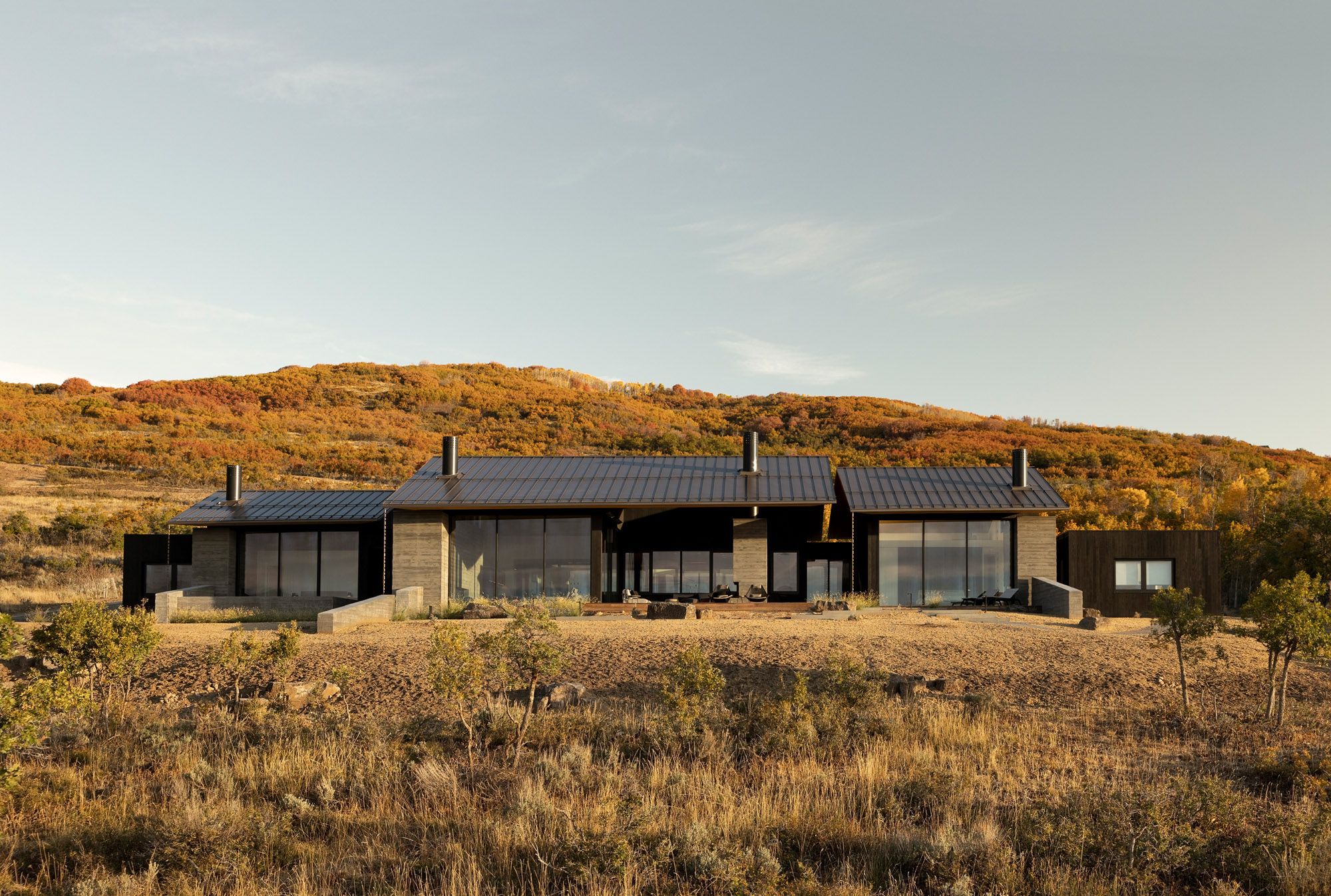 Slot House sets a high bar for sustainable architecture in Utah
Slot House sets a high bar for sustainable architecture in UtahSlot House, an energy-efficient mountain retreat in Utah, by local practice Klima Architecture, sets the bar high
By Eva Hagberg Published
-
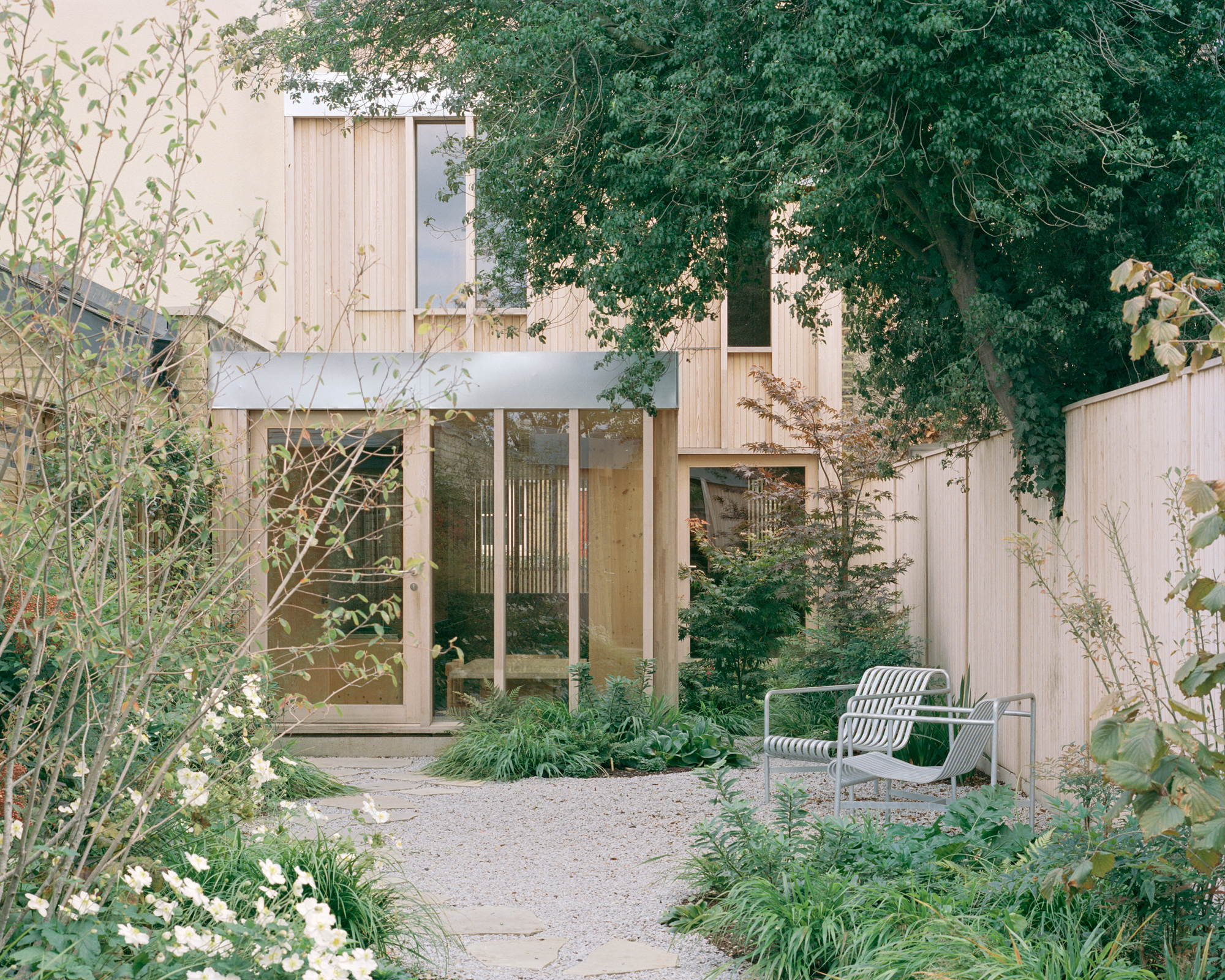 Spruce house offers a minimalist take on sustainable architecture
Spruce house offers a minimalist take on sustainable architectureSpruce House, London practice Ao-ft’s debut project, is a carefully crafted timber house that perfectly slots into its urban landscape
By Ellie Stathaki Published
-
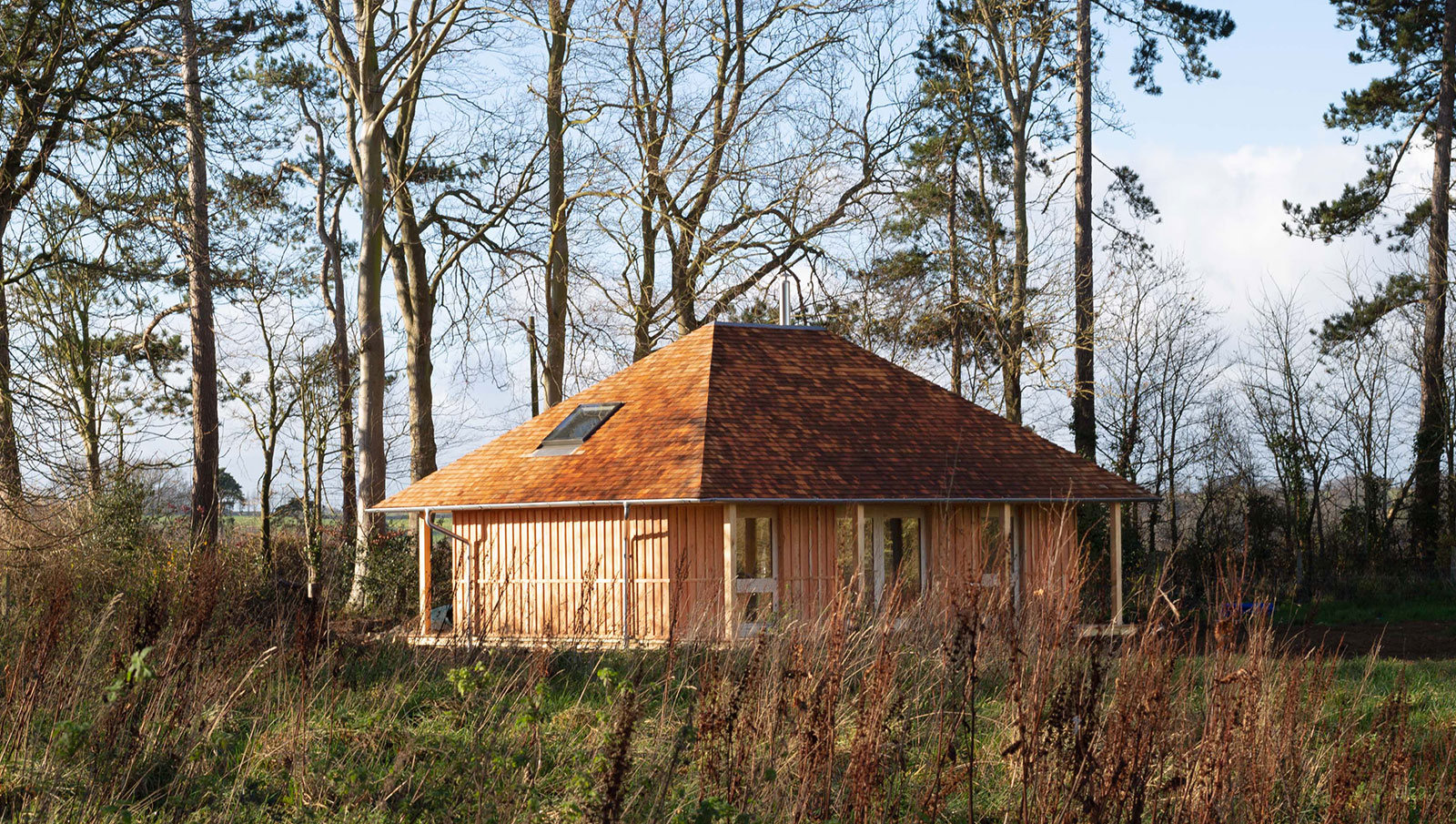 Material Cultures workshops support shift towards sustainable building practices
Material Cultures workshops support shift towards sustainable building practicesMaterial Cultures workshops explore new approaches to promote sustainability in the construction industry
By Ellie Stathaki Published
-
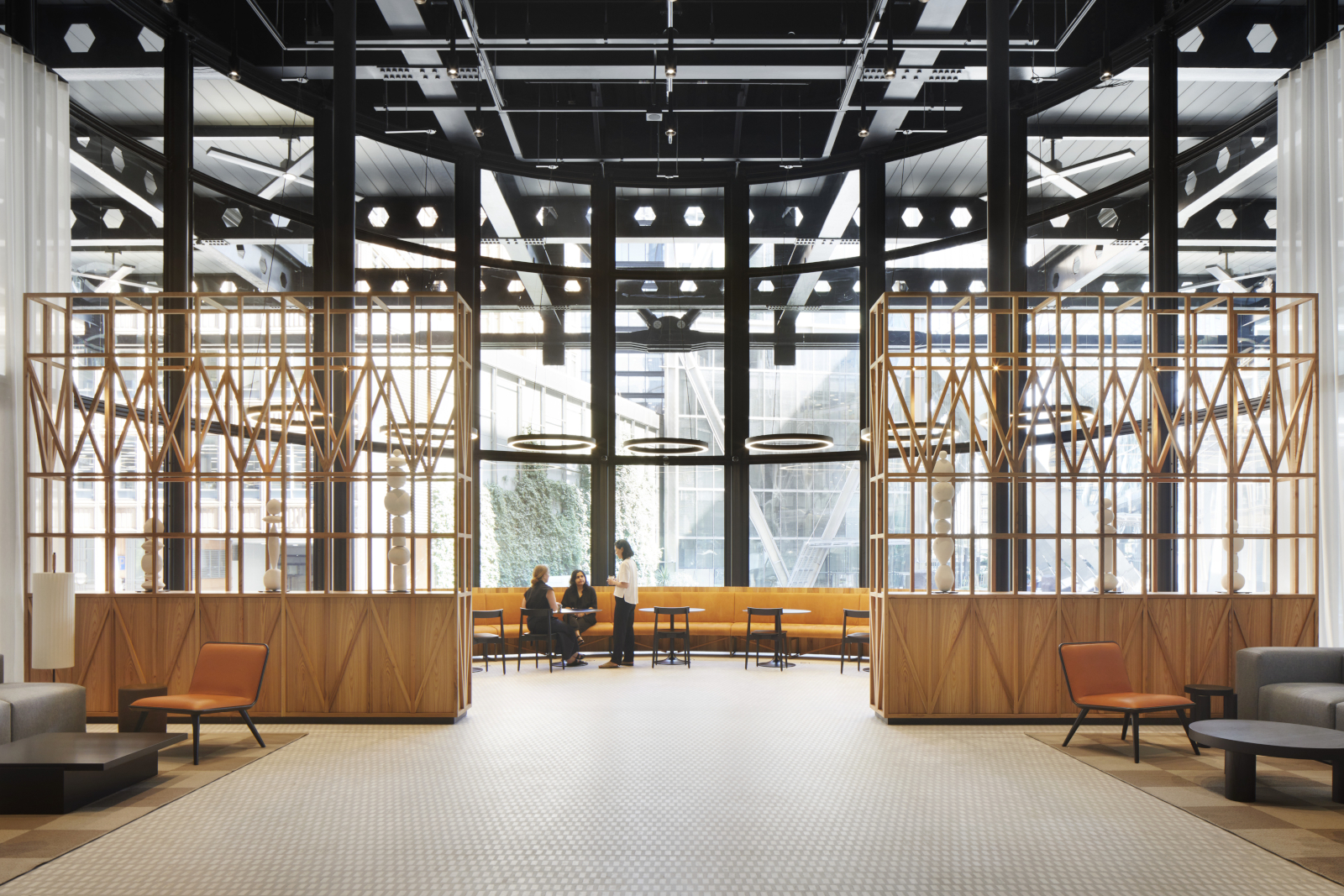 London's Exchange House gets a sustainable revamp
London's Exchange House gets a sustainable revampLondon's iconic Exchange House in Broadgate has been transformed for the 21st century by Piercy&Company
By Nana Ama Owusu-Ansah Published